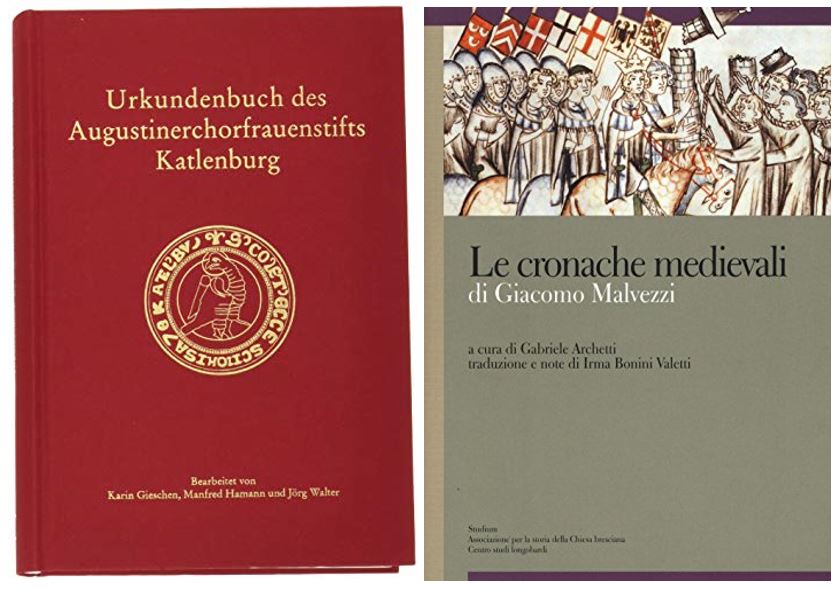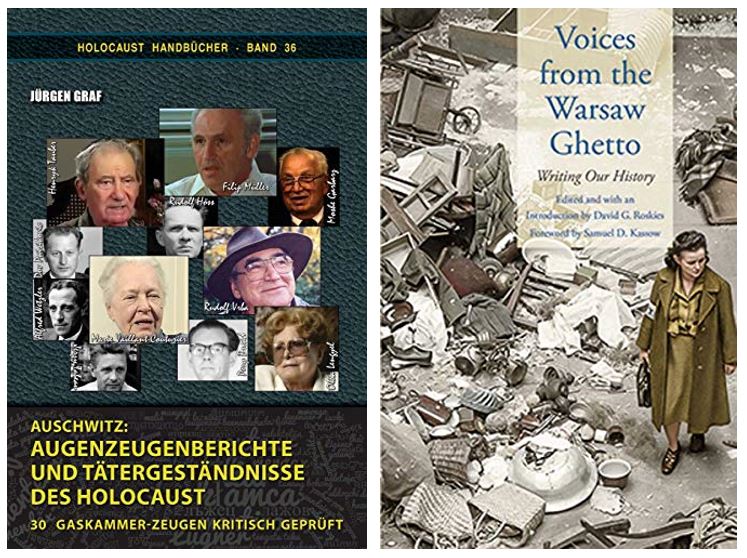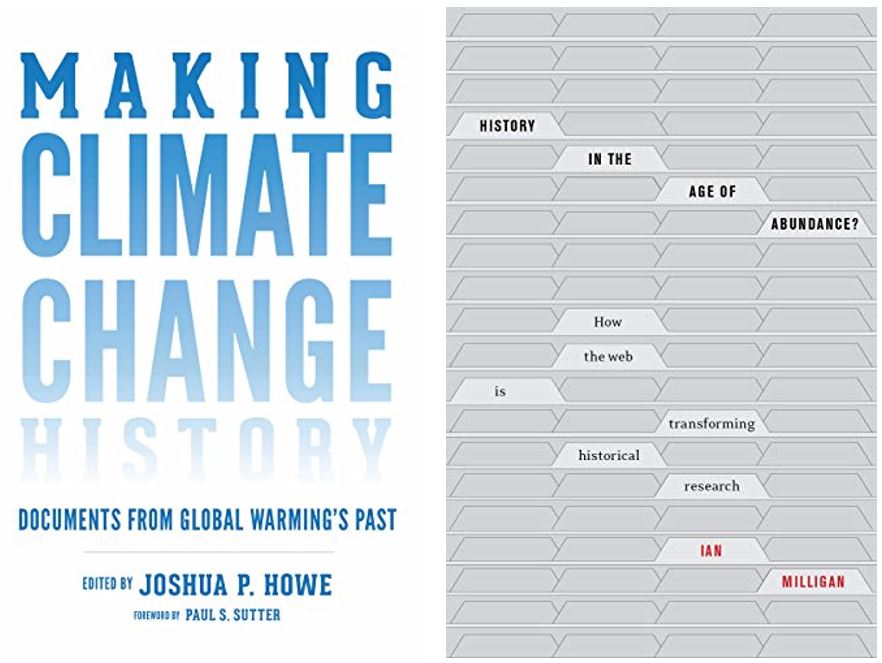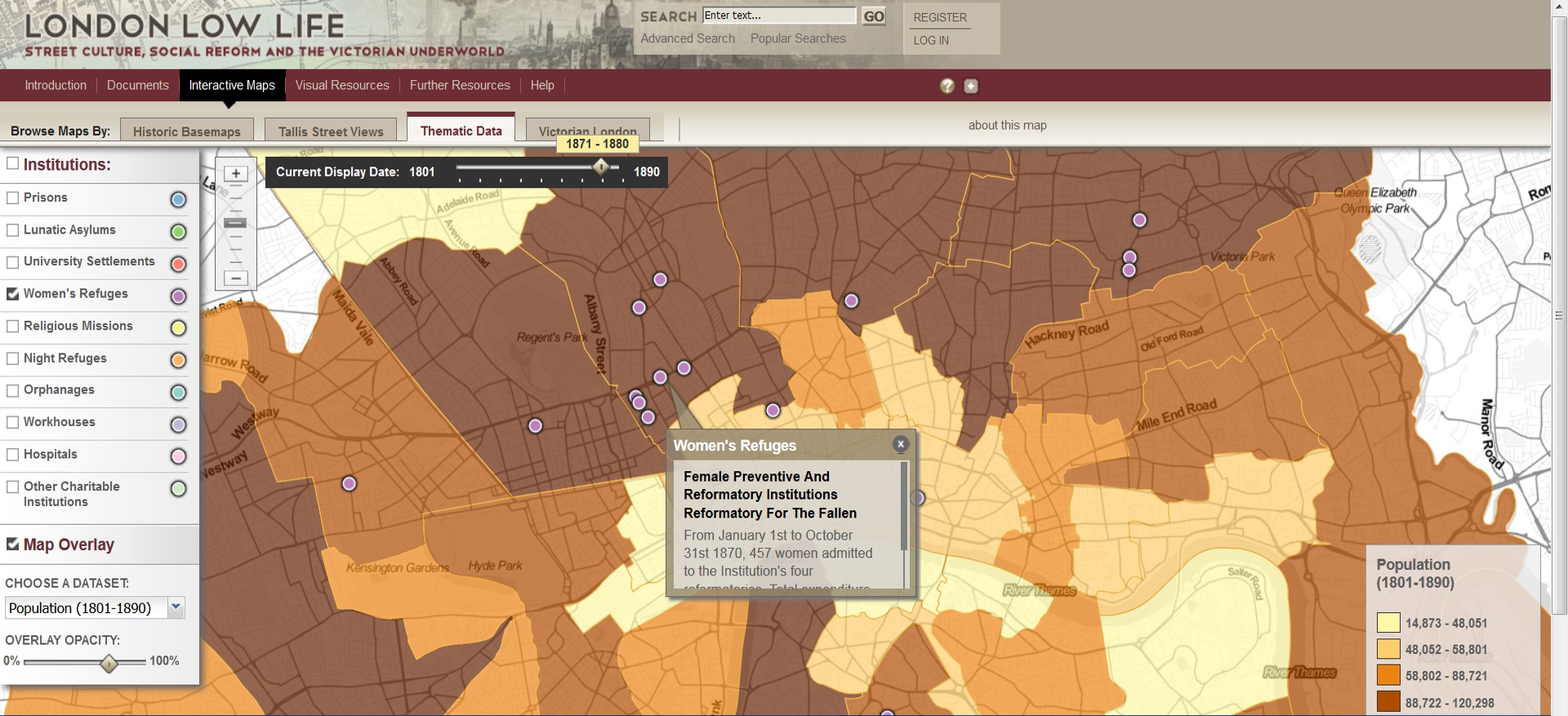#DyslexiaAwarenessWeek2019
At the History Faculty Library, we’re very keen to create the best possible environment for learning and research.
So, to celebrate #DyslexiaAwarenessWeek2019 and the neurodiversity of our readers, here is a guide to our accessibility equipment and how it could help if you are dyslexic, experience visual stress, or have any other barriers to learning.
WHAT IS DYSLEXIA?
Dyslexia is diagnosed differently across the world and there are many different hypothesized causes. As it is currently understood in the UK, however, dyslexia is a specific learning difficulty that exists on a continuum and frequently overlaps with other types of learning difficulties or disabilities.[1] Professor Margaret J. Snowling, author of the newly published Dyslexia: A Very Short Introduction and president of St John’s College, defines dyslexia as ‘a problem with learning which primarily affects the development of reading accuracy and fluency and spelling skills’, though it can also cause problems with speech. It affects phonological awareness, verbal memory, and verbal processing speed.[2]
Poor spelling, slow reading and writing speeds, confusing similar letters (like ‘b’ and ‘d’) or your left and right, along with visual stress (discussed below), are all well-known signs of dyslexia. Some of the lesser-known difficulties that affect students at university-level, however, involve more systemic differences in structural thinking. These can make organization and time management, writing and structuring essays, note taking, remembering the right words in tutorial discussions, and finding your way around Oxford University’s many libraries a challenge.
Yet dyslexic ways of thinking can equally result in brilliant insights, creativity, and excellent pattern recognition. Though dyslexia is a neurodevelopmental disorder, it has little to do with education or general intelligence, and affects people of all ages and abilities in diverse ways. A holistic approach and a fair amount of experimentation are therefore required to find out what helps to overcome these difficulties and for dyslexic students to reach their potential.

HOW CAN WE HELP?
Friendly librarians and library assistants are always on hand in the History Faculty Library and Bodleian Libraries to show you how things work, help with shelf-marks, retrieve books and find resources. There is no such thing as a silly question!
We also have a variety of accessibility equipment so you can access the resources you need to learn.
Who can use accessibility equipment?
Anyone! If you think you’ll find it helpful, you may use any of the equipment, no questions asked.
What’s available and where can I find it?
Here’s a list of what we have available and where to find it. The equipment can be used anywhere in the Radcliffe Camera or Gladstone Link as long as it’s returned to its original location when you’ve finished using it.

WHAT IS VISUAL STRESS?
‘Visual stress’, also known as Meares/Irens Syndrome, is a common symptom of dyslexia. Yet not everyone with dyslexia experiences visual stress, and many who do not have dyslexia, do. It’s also a symptom of a whole host of other associated learning difficulties, disabilities, and illnesses that include attention deficit disorder (ADHD), autism spectrum disorders (ASD), headaches and migraines, and traumatic brain injuries. Visual stress is a perceptual processing disorder thought to be caused by the way some brains process certain frequencies of light.
What is it like?
Those of us with visual stress interpret regular black lines of text on a white page a bit differently, resulting in perceptual distortions. Serif fonts like Times New Roman make it worse, as do particular colours. When I look at a page of text, for example, it can seem like things are moving in the corners of my vision and white ‘rivers’ constantly emerge from the patterns between the words and lines. I know that these distortions ‘aren’t real’, but my brain interprets the neural data from my eyes in this peculiar way regardless. The same phenomenon occurs with other regular high-contrast patterns like narrow stripes. It reminds me of the way TV screens sometimes appear on film with flickering lines rolling across them. In all, the blurring, double vision, and glare from the white page caused by visual stress present an extra barrier to absorbing and understanding a text and can lead to poor comprehension, eye strain, fatigue, headaches and migraines. It can be particularly unbearable if you are already tired.
 What helps? Colour!
What helps? Colour!
Though visual stress does not cause the cognitive problems that you might face if you are dyslexic, relieving this symptom can help with fatigue and aid focus.
Coloured acetate sheets can dampen perceptual distortions by reducing the sharp contrast between the white of the page and black of the text. These transparent plastic sheets can be simply laid over the page you are reading. It is a myth that these ‘cure’ dyslexia, but lots of people report that they do alleviate visual stress.[3] A range of colours are available upon request at the staff desk in the Lower Camera, so if you think these might help, don’t hesitate to ask.
The History Faculty Library also has a variety of coloured paper to use in the printers for the same reasons, as well as coloured reading rulers that help stop your eyes wandering from the line that you want to read. Both are available on request. If you are reading from a screen, try changing the background colour of the document or reducing the brightness and enlarging the size of the text.
Other Assistive Equipment
Brain ‘fog’, procrastination, poor focus, and fatigue are also common challenges for dyslexic readers, so it is important to minimise distractions, support good posture, and make studying as comfortable as possible. Ergonomic equipment is available in the Lower Camera and Upper Gladstone Link to focus your attention and keep you comfortable. The History Faculty Library has ergonomic chairs, foot stools, book stands, and height adjustable desks for standing or sitting.


Daylight lamps at these desks can help prevent eyestrain, and a magnifier is available on request for texts with tiny fonts or help if you are visually impaired.
Ear plugs are available to muffle distracting sounds and if you find these uncomfortable, try listening to white noise tracks on a loop. There are also quiet laptop-free areas on the Gallery in the Upper Camera.

Height Adjustable Desks in the Lower Camera
How do I get further support?
More information about the History Faculty Library’s Services for Disabled readers can be found here. There are many more ways that the University can give support if you are dyslexic that are not discussed here, so if you haven’t already, head to the University’s Disability Advisory Service to find out more.
We would love to hear any thoughts or suggestions about how the History Faculty Library can support you, so come and talk to us in person or email us at radcam-enquiries@bodleian.ox.ac.uk.
HFL Disability Contact: rachel.darcy-brown@bodleian.ox.ac.uk
Radcliffe Camera Gladstone Link Disability Contact: lyn.jones@bodleian.ox.ac.uk
LINKS AND RESOURCES
Margaret J. Snowling, Dyslexia: A Very Short Introduction (Oxford: Oxford University Press, 2019).
Jim Rose, Identifying and Teaching Children and Young People with Dyslexia and Literacy Difficulties (An independent report from Sir Jim Rose to the Secretary of State for Children, Schools and Families, June 2009).
British Dyslexia Association’s website.
University of Oxford’s History of Dyslexia Project.
Watch Professor Maggie Snowling’s British Academy lecture on ‘Dyslexia: An Impairment of Language Learning’.
Notes
[1] Sir Jim Rose’s independent review for the UK government in 2009 defined dyslexia using the best evidence and remediation practises. It is still widely accepted today. It is worth noting that a discrepancy between ‘IQ-reading skill and actual reading level’ is no longer accepted as a diagnostic-criteria for dyslexia. See Jim Rose, Identifying and Teaching Children and Young People with Dyslexia and Literacy Difficulties (2009) <https://dera.ioe.ac.uk/14790/7/00659-2009DOM-EN_Redacted.pdf>.
[2] Margaret J. Snowling, Dyslexia: A Very Short Introduction (Oxford University Press, 2019), 1.
[3] Despite the widespread acceptance of coloured lenses as a treatment for dyslexia, there is little evidence that specifically tailored colours for each person are required to gain the calming benefit of coloured overlays. Nevertheless, Professor John Stein’s research suggests that blue and yellow overlays may be most helpful. Read about his research here.


















 The medical treatment of disability has a long history. Yet the history of disability itself, and of disabled people, has only been acknowledged as a legitimate area of scholarship relatively recently. Disability studies began to grow towards the end of the twentieth century at a time when human rights movements were fiercely resisting the endemic societal oppression and exclusion caused by discrimination. Since then, disability studies has blossomed into a multi-disciplinary field that seeks to challenge the very notion of ‘disability’ by exploring its socio-cultural construction.
The medical treatment of disability has a long history. Yet the history of disability itself, and of disabled people, has only been acknowledged as a legitimate area of scholarship relatively recently. Disability studies began to grow towards the end of the twentieth century at a time when human rights movements were fiercely resisting the endemic societal oppression and exclusion caused by discrimination. Since then, disability studies has blossomed into a multi-disciplinary field that seeks to challenge the very notion of ‘disability’ by exploring its socio-cultural construction.
 Disability in Medieval and Early Modern Britain
Disability in Medieval and Early Modern Britain 
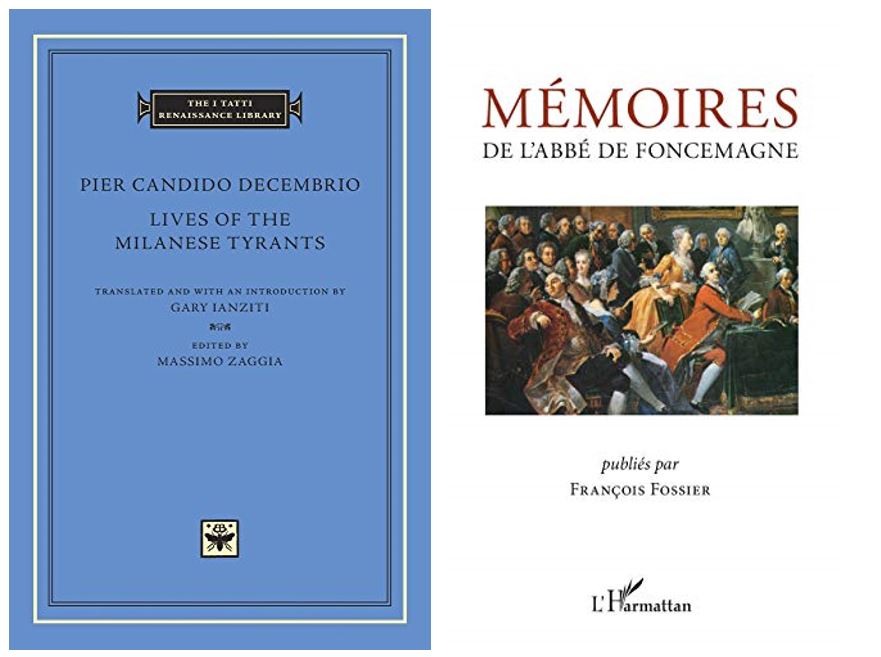

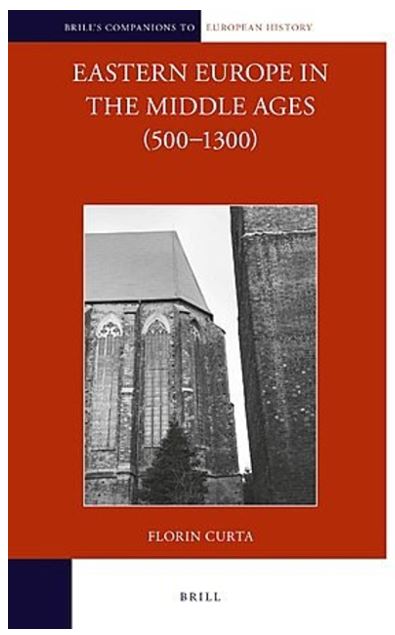

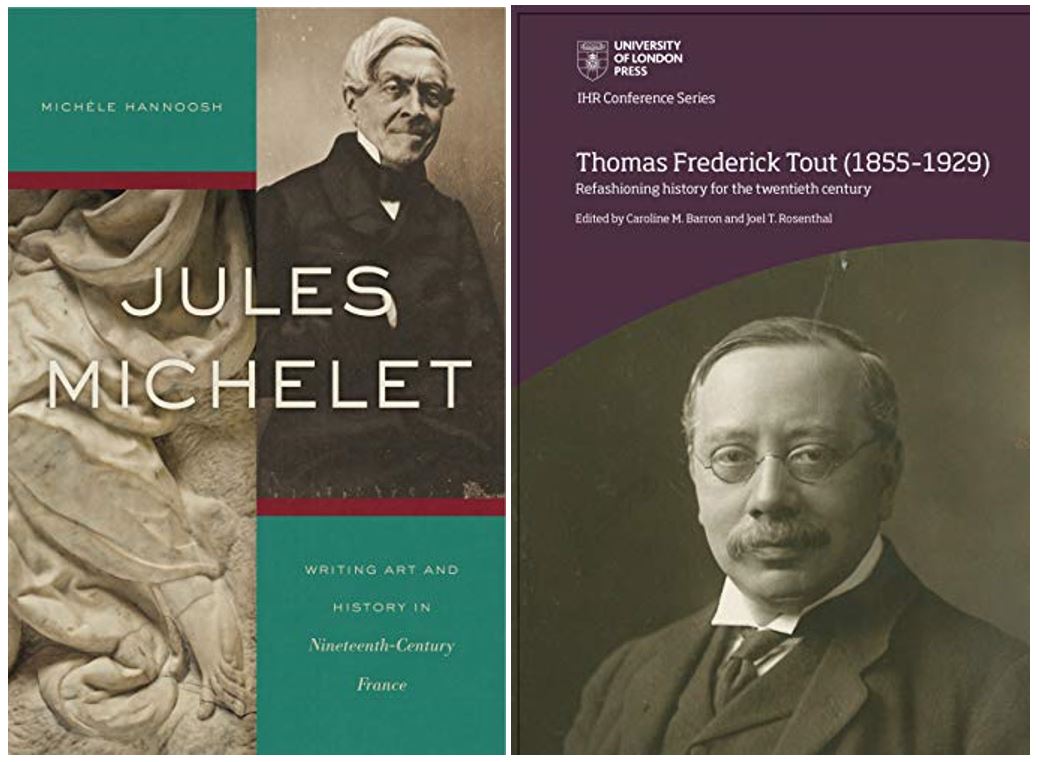
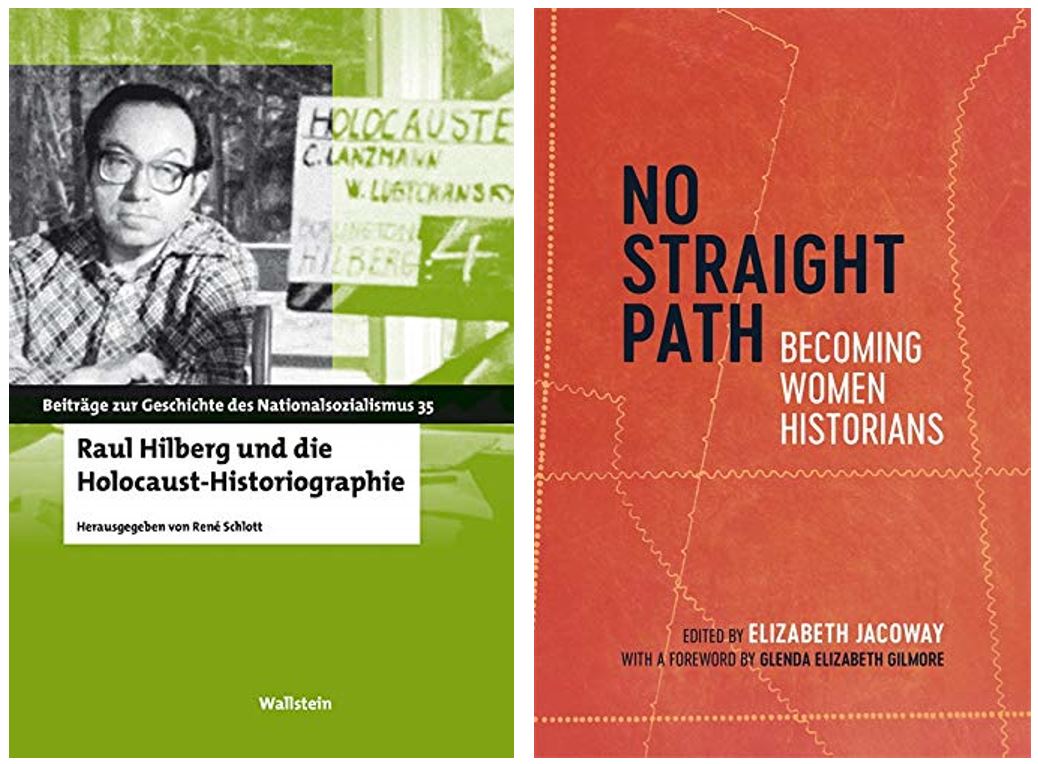




 What helps? Colour!
What helps? Colour! 




